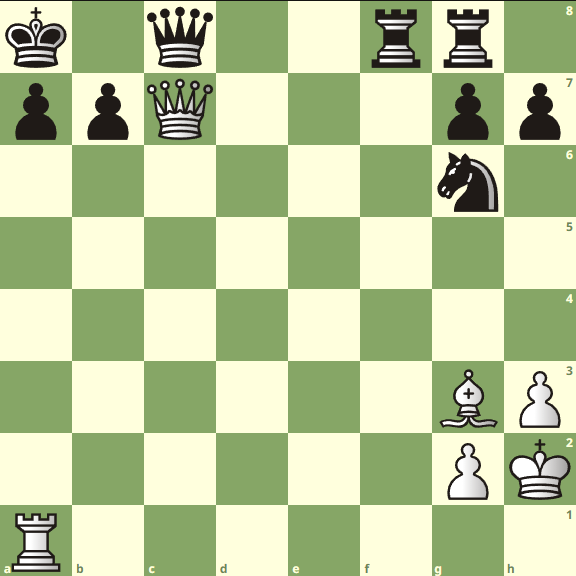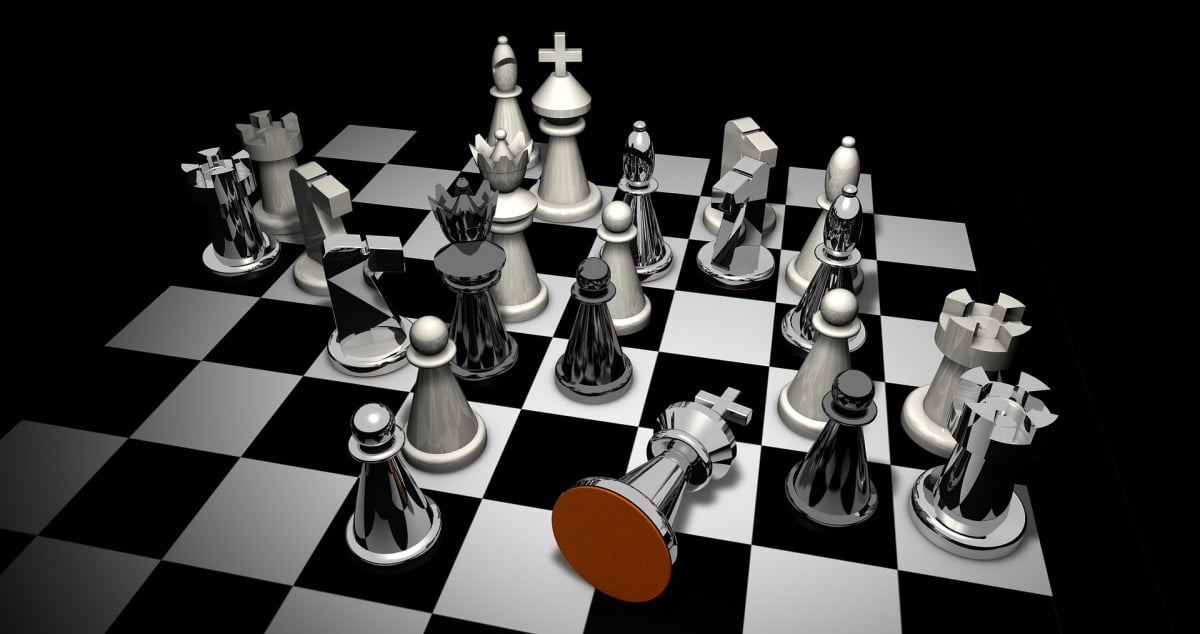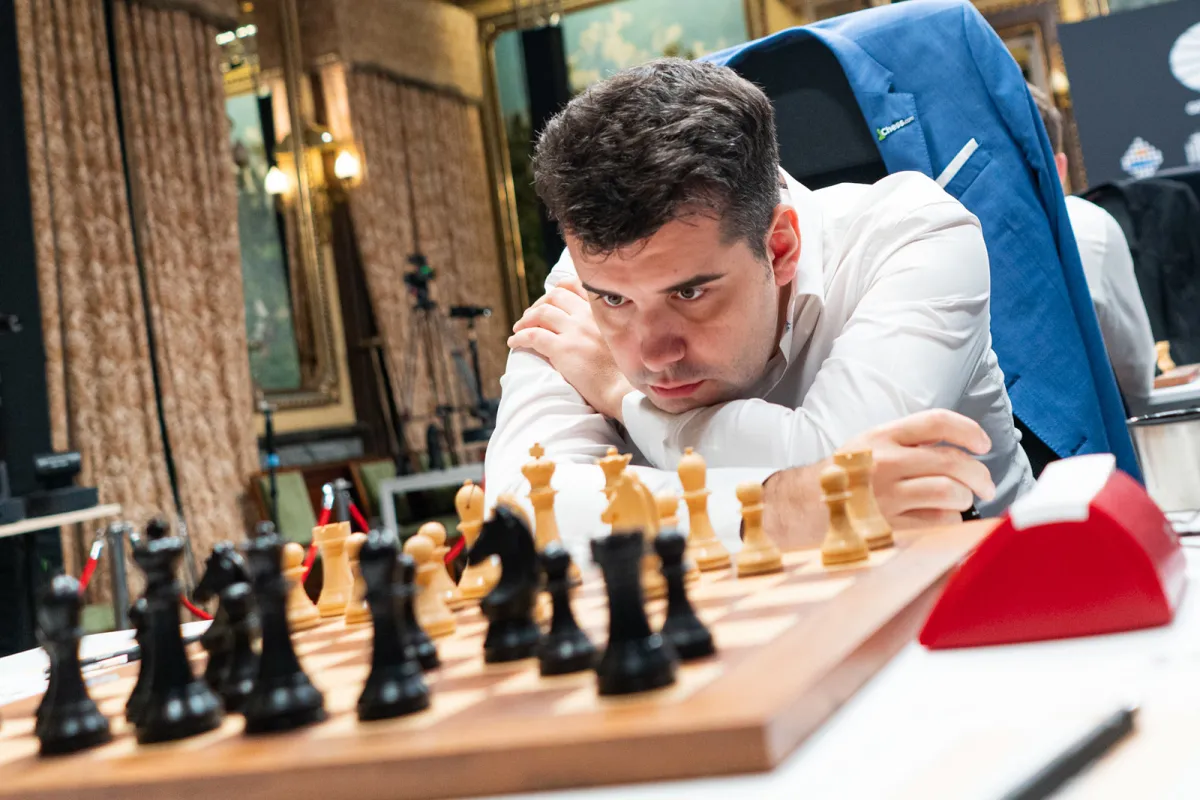One of the more common ways to exploit a weakened kingside castle position, Greco’s mate and similar types of positions often emerge in amateur games. It is useful to understand how a powerful bishop can combine with heavy pieces to exploit any open lines and diagonals near the enemy king.
Greco’s mate happens on the edge of the board after the enemy king’s defenses have been pulverized, often by a sacrificial attack. A heavy piece (meaning a rook or a queen) checks the king from the open file, and a bishop covers its escape square on the side. The last remaining square is most often taken care of by a hapless enemy pawn.
Here’s what it looks like on the kingside:

And here’s an example on the queenside:

Here, you can reach the same type of conclusion despite your material disadvantage by playing 1. Rxa7+! Kxa7 Qa5#.
The bishop plays an integral part in these attacks, cutting off the king’s escape towards the center. From a defensive perspective, the Greco’s mate pattern is also very instructive: try to avoid moving the pawns in front of your king (apart from creating a flight square when needed to fight against back-rank mates) so that your opponent cannot exploit the space left behind and open up the lines with aggressive moves.
The Greco’s mate checkmate pattern is named after Gioachino Greco, a famous chess player who lived sometime in the early seventeenth century. His writings offer us some of the earliest fully recorded chess games in history. World champion Mikhail Botvinnik considered him to be the first professional chess player. His name was also immortalized in opening theory, like the Greco Defense and the Greco Countergambit, and certain lines in the Bishop’s Opening and the Giuoco Piano, among others.







Published: Jan 30, 2023 08:01 am